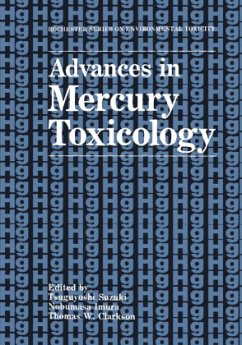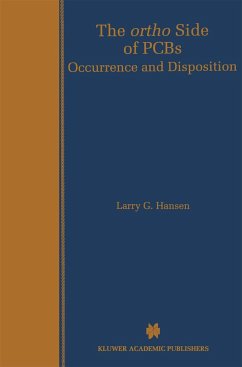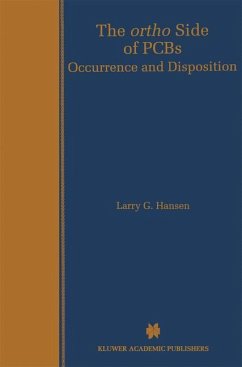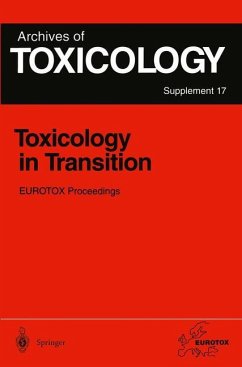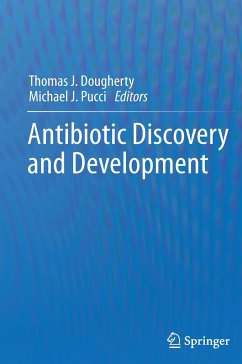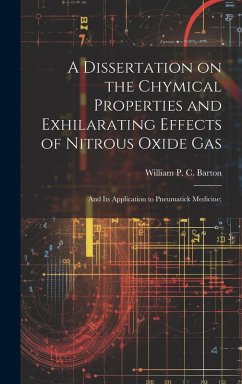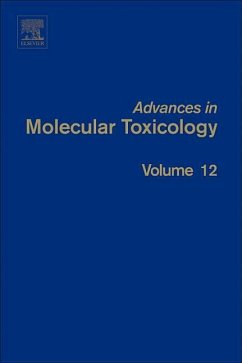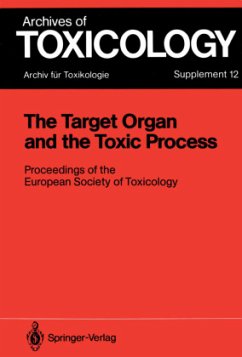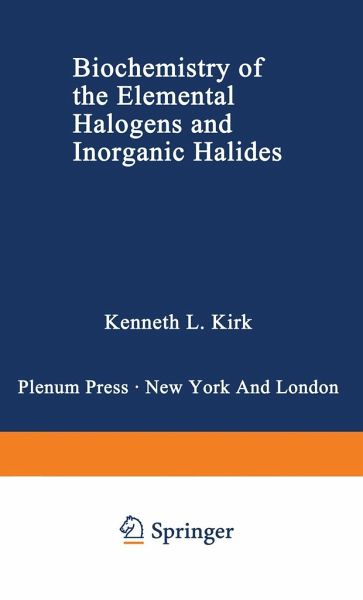
Biochemistry of the Elemental Halogens and Inorganic Halides
Versandkostenfrei!
Versandfertig in über 4 Wochen
92,99 €
inkl. MwSt.
Weitere Ausgaben:

PAYBACK Punkte
46 °P sammeln!
The elements in group 17 (VIlA) of the periodic table of elements-fluorine (F), chlorine (CI), bromine (Br), and iodine (I)-were designated by Berzelius as "halogens" (Greek hals, sea salt; gennao, I beget) because of their propensity to form salts. In this first of the two volumes of Bio chemistry of the Halogens, the biochemistry of the elemental halogens and inorganic halides is reviewed. Discovery, properties, and biochemistry of the elemental halogens are reviewed first (Chapter 1). This is followed by a review of the developments in the various areas of inorganic halide biochemistry (Chapters 2 through 5). The biochemistry of thyroid hor mones is considered in Chapter 6, while biohalogenation, an important link between inorganic and organic halogen biochemistry, is reviewed in Chapter 7. Chapter 8 covers the biochemistry of products produced by human-inspired halogenation, in particular, poly halogenated compounds that present environmental problems. In Chapter 9, the process is reversed and biodehalogenation is reviewed. In each subject, the attempt has been made to find an appropriate balance between depth and breadth of treatment, since a thorough, in depth review of this field would not be possible in a single volume. To provide readers not familiar with subjects with the necessary background to place subsequent discussions in perspective, brief historical develop ments of many of the topics are given.





